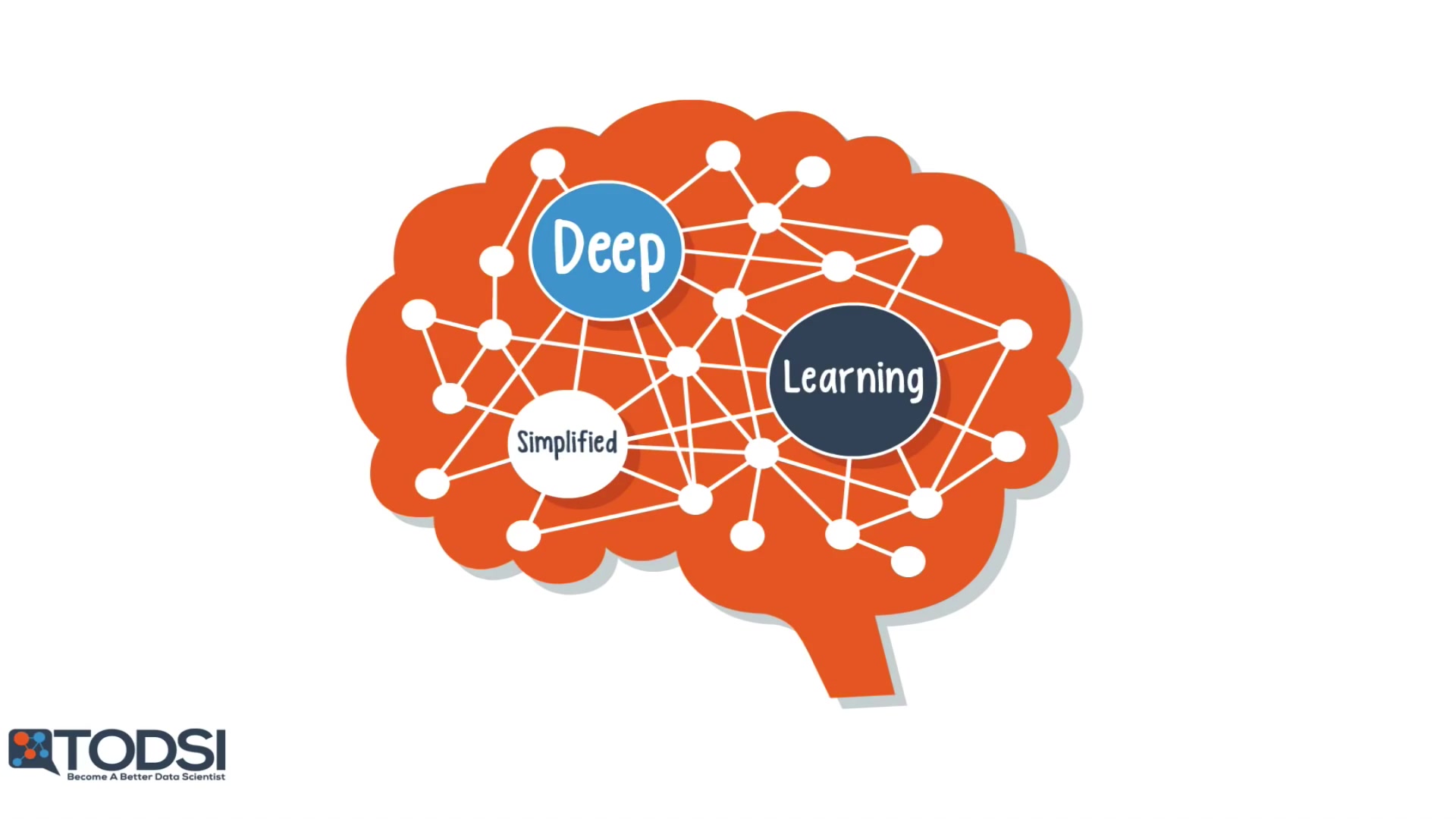|
Introduction: In today's digital age, Internet advertising has emerged as a powerful tool for businesses to reach their target audience. With the rapid advancement of technology, online advertising has evolved significantly, enabling companies to leverage the vast potential of digital marketing strategies. This article explores the evolution of Internet advertising and its impact on the business landscape. The Rise of Banner Ads: The journey of Internet advertising began with the introduction of banner ads in the early 1990s. These graphical advertisements, displayed prominently on web pages, attracted users' attention and directed them to the advertiser's website. While simple in design, banner ads laid the foundation for future innovations in digital marketing. Pay-Per-Click Advertising: As the Internet gained popularity, pay-per-click (PPC) advertising emerged as a game-changer. With PPC, advertisers only paid when users clicked on their ads, making it a cost-effective option. Google's AdWords program revolutionized PPC advertising by introducing keyword targeting, allowing businesses to display ads based on user search queries. Targeted Advertising: One of the most significant advancements in Internet advertising is the ability to target specific audiences. Platforms like Facebook and Google gather user data, including demographics, interests, and browsing behavior, to deliver personalized ads. This level of precision allows businesses to connect with potential customers who are more likely to be interested in their products or services. Native Advertising: Native advertising seamlessly integrates promotional content within the user's online experience. Instead of traditional banner ads, native ads match the form and function of the platform they appear on. By blending in with the surrounding content, native ads tend to be less intrusive and more engaging, leading to higher conversion rates. Video and Influencer Marketing: The advent of high-speed internet and increased video consumption opened up new avenues for Internet advertising. Video ads, such as pre-roll and mid-roll ads on YouTube, provide a captivating way to deliver brand messages. Additionally, influencer marketing has gained prominence, with social media influencers endorsing products or services to their loyal followers. Programmatic Advertising: Programmatic advertising leverages artificial intelligence and automation to streamline the ad buying process. Through real-time bidding and data analysis, programmatic advertising optimizes targeting and placement of ads across various digital platforms. This technology ensures precision, efficiency, and cost-effectiveness in reaching the target audience. Mobile Advertising: With the proliferation of smartphones, mobile advertising has become indispensable. Marketers now utilize mobile-specific formats like in-app ads, mobile banners, and push notifications to reach users on their personal devices. Location-based targeting further enhances mobile advertising, offering hyper-localized promotions tailored to individual users' whereabouts. Conclusion: Internet advertising has come a long way since its inception, transforming the marketing landscape with its ever-evolving technologies. From simple banner ads to sophisticated programmatic campaigns, businesses have harnessed the power of digital marketing to expand their reach and engage with consumers in more meaningful ways. As technology continues to advance, Internet advertising will undoubtedly continue to evolve, presenting new opportunities and challenges for marketers worldwide.  |
